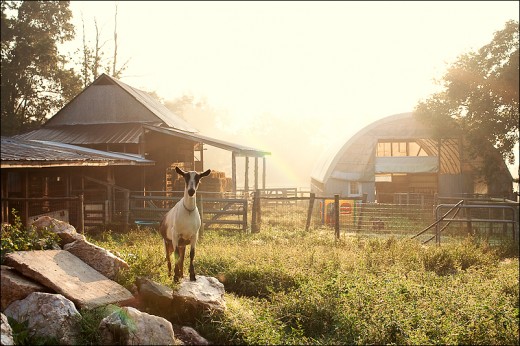Rebel and Kit Lens Challenge!

I recently had a conversation with some fellow photographers about lens recommendations for a beginner. As usual, up came the topic of the much maligned “kit lens”–usually a smallish aperture, plasticky mid-range zoom lens that trades on the used market for ~$100. It doesn’t matter if it’s from Canon, Nikon, Sony, or Pentax, the “kit lens” has become a derogatory phrase used to describe what most would call a mediocre lens.

However, the kit lens is useful for a lot of reasons, just as a fast prime, like a 50mm f/1.8 or similar (I mention this one because it’s usually the OTHER beginner lens that people recommend) is useful as a learning tool. With a cheap midrange zoom, the new photographer isn’t plunging deep into the expensive waters of fast, professional glass, and he or she has the opportunity to try various focal lengths to find what suits them best. He might shoot for a while, find that he is always on the 55mm end of the lens and decide he needs something longer, like a telephoto. Or she might find that she enjoys shooting epic landscapes, and that a wide angle lens is right for her. Or they both might decide that that the kit lens is limiting because of it’s smallish apertures, and move on to a fast prime for shallower DOF and better subject separation.
Wherever it leads, the kit lens is a good tool for general photography, and for helping to orient someone to various focal lengths and photography in general. What does all this have to do with a challenge, you say?

Well, the kit lens is oft-maligned because it is so frequently and mostly used by rank amateurs who may or may not be great photographers–in other words, a lot of garbage photos get taken with the kit lens. Generally, unless someone is very well off and/or enjoys expensive hobbies, he’s not going to get started with top-shelf L primes or professional zooms (yes, I know, there are exceptions to that rule). Then there is the perception that you need those expensive professional zooms to take great photos, since most pros use them. Indeed, the more expensive lenses are generally optically superior, have larger maximum apertures for more flexibility in different light, and focus more quickly, but a lot of what pros are paying for is for the dust and moisture sealing, the sturdier build, the reliability. To trot out a tired analogy, just because you have paintbrush doesn’t mean you can paint the Mona Lisa. Sure, a nicer paintbrush might make it more pleasant to paint, and might save you some time (can paint brushes do that?), but the skill and the knowledge have to be there already to know what to do with that brush.

So here, finally, is the challenge: I told my colleague, this photographer who suggested that the kit lens wasn’t good value for money, that I would take on the challenge of shooting a salable image with the kit lens, and include it amongst the images I was delivering to a client. So confident am I that the lens can get the job done, I made this brash claim. Only problem is, I don’t have a camera that will take a Canon EF-S lens (APS-C sized sensors… if you don’t know what the heck I’m talking about, it just means the lens won’t physically mount on either of my cameras). Fortunately, another esteemed colleague of mine has a Rebel XTi moldering away in his closet somewhere, he having moved on to bigger and better things. He volunteered to loan it to me if I bought the kit lens, and so the challenge started coming together.
And so here we stand–the infamous kit lens–the Canon EF-S 18-55 f/3.5-5.6 lens that came standard with the Rebel XT, 20D, and 30D–is on its way to me, and hopefully soon after a Rebel XTi to which to mount it. Once I have them both, I’ll bring them on a paid shoot and use the kit lens to prove that it’s up to the task. It may be hubris, it may come from wild claims after having a little too much wine, but I have confidence that even in Canon’s lowly consumer line there is optical quality to be found.
And more importantly, I’m fully confident that it’s not really the gear that makes the difference, anyway.

